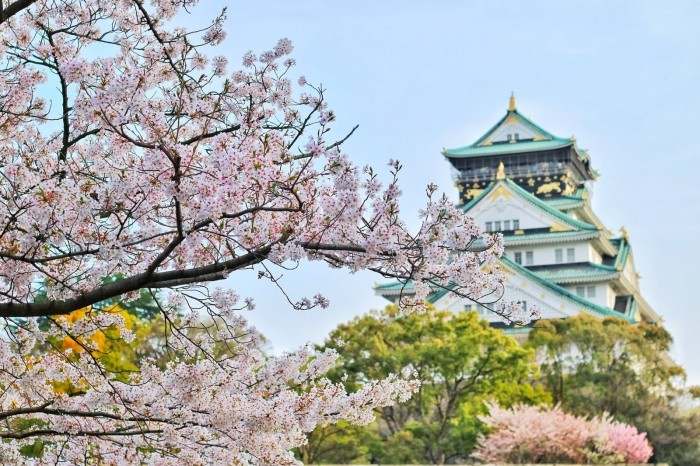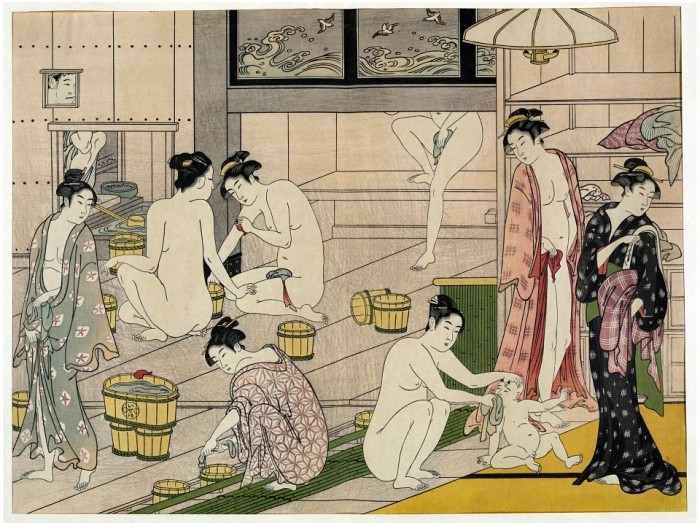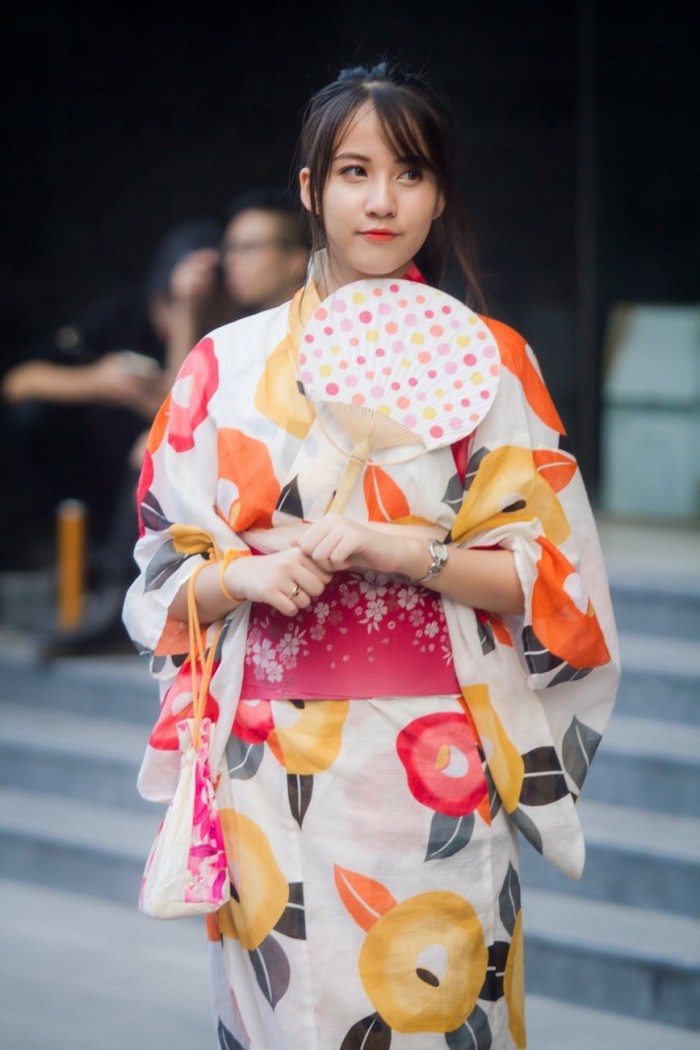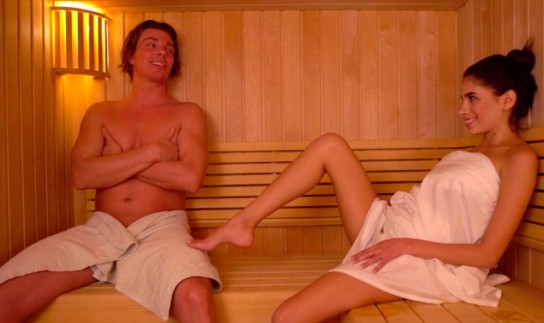Many different factors such as cold and humid climate, religious beliefs, a presence of a large number of thermal springs, contributed to the emergence of Japanese baths. Their main purpose was not only cleansing and warming, but also calming the soul, restoring internal balance. Japanese bathhouse combines four elements - fire, water, air, earth. One of its most notable features is the traditional ban on the use of soap. Because earlier soap was produced from the fat of dead animals, and this was unacceptable for Buddhists. Through the lack of soap in the bathing process, it was necessary to invent another way to cleanse a body. Therefore, the water in the furaco bath is very hot 35 - 45 ° C.

What is a Japanese bath? First of all, this is not just a room for soaring. One bathing session is divided into at least two stages - furaco and ofuro. If you take into account the preliminary procedure for taking a shower, then we can say that soaring takes place in three stages. After a thorough shower (the Japanese prefer a contrast shower), we can proceed to the following:
- Furaco is a large font in the form of a wooden barrel. A barrel usually has a round and, less commonly, oval shape; the space inside is divided into two parts. In the first, there is a stove (in some cases it can be located outside), which heats the water, and in the second, a space for vacationers with benches, which is filled with water. The stove is heated by gas, electricity or wood. Traditional Japanese barrel uses a wood burning stove. The stay in the barrel does not last long - 10 - 15 minutes. You need to position yourself so that the heart is above the water. After that, you need to wipe dry, you can relax for a few minutes and go to the ofuro.
- Ofuro - a rectangular wooden box filled with sawdust. To enhance the effect, they are mixed with medicinal herbs and soaked in essential oils. The material for sawdust is linden or cedar. The total weight of sawdust is about 45 kilograms. The top layer is about 2 kilograms, replaced after each procedure. Sawdust is heated to a temperature of 50-60 ° C, a person lies on them and is also sprinkled with sawdust on top of it. The duration of this part of the session is also not long - 15 - 20 minutes. Ofuro bath helps to cleanse and relax a body, has a positive effect on a skin, as a result of a massage effect. High temperature increases the influence of the beneficial properties of medicinal plants and essential oils. This is followed by an ofuro filled with sea pebbles, which also guarantees a massage effect. You can lie on your back or stomach. This relaxes the whole body, speeds up blood circulation, relieves tension in muscles and, in general, has a positive effect on the functioning of the musculoskeletal system.
The completion of the procedure is a traditional tea ceremony and relaxation.
Like any type of steam room, Japanese bath has contraindications and it is also worth paying attention to them:
- Oncological diseases
- Chronic diseases
- Bronchial asthma
- Any disease at the acute stage
- Fever, infection
- Pregnancy
- Diseases of the cardiovascular system
- Tuberculosis
Another type of Japanese bath is sento. These are also pools with hot water of various sizes. Sento used to be used only for temple attendants, but over time they became available to ordinary people. That wat the reason why their ascetic look turned into a more picturesque one. Also, the territory near sento used to be decorated with gardens. This type of steam room is usually divided into male and female half. The room itself consists of a dressing room, where you can take off your clothes; a shower room where you need to wash yourself and the pool directly, where water temperature reaches 55 ° C. Due to the high temperature, one visit duration should also be 10 - 15 minutes top.

In general, Japanese bath is a very unusual and interesting phenomenon for a European. It has not only a positive effect on skin, heart, blood vessels, strengthening immunity and prevention of colds, but it is also a great way to get acquainted with Japanese culture and traditions. After all, it is from them that one can learn to contemplate and seek emotional balance.


